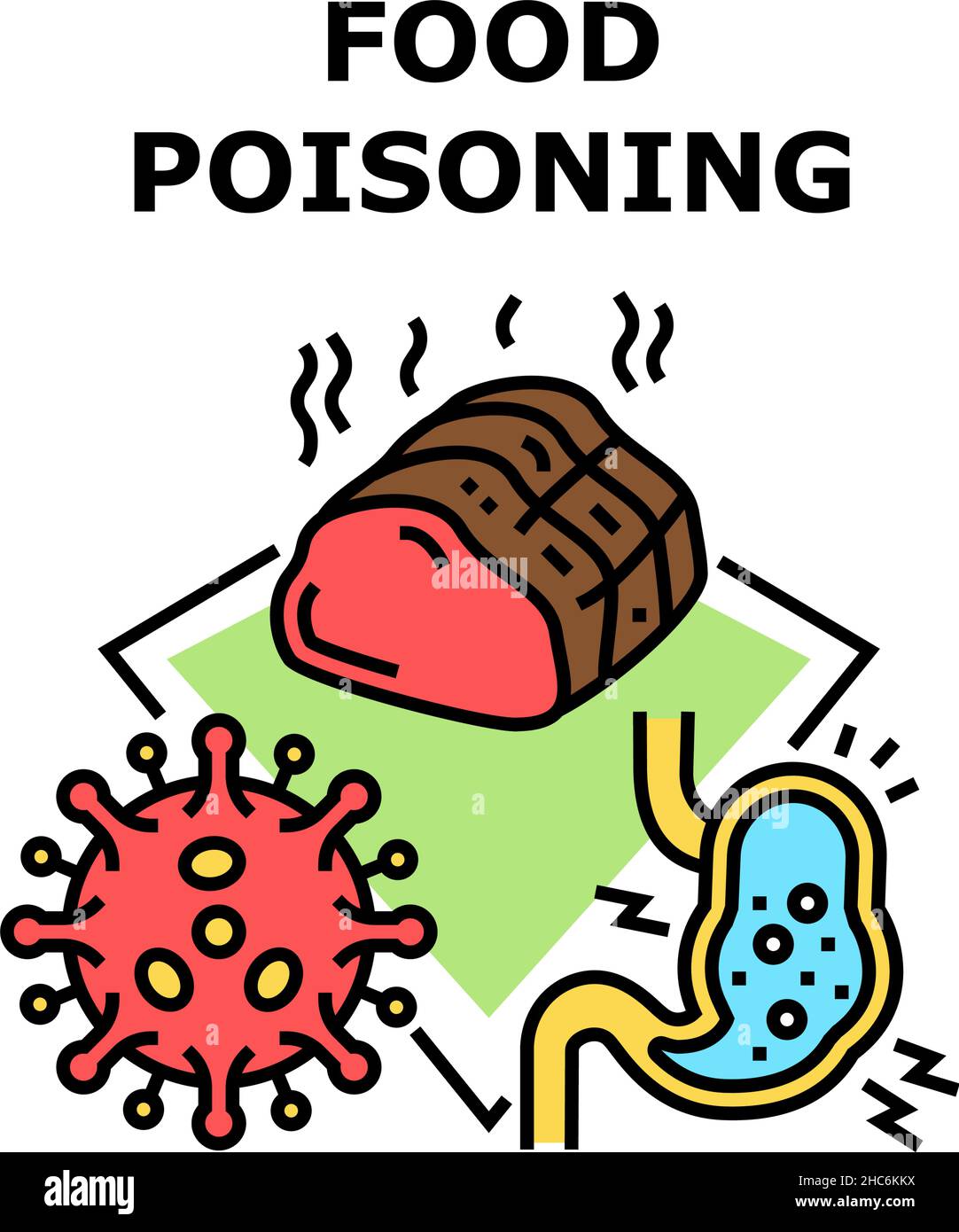Blitz News Digest
Stay updated with the latest trends and insights.
When Your Dinner Takes a Turn: The Dark Side of Leftovers
Discover the unsettling truth about leftovers! Uncover the dark side of your dinner and find out what could be lurking in your fridge.
The Science of Spoilage: How to Recognize When Leftovers Go Bad
Understanding the science of spoilage is essential for food safety and waste reduction. Leftovers can be a convenient way to save time and resources, but it’s crucial to recognize the signs indicating that they have gone bad. Common indicators include changes in color, texture, and smell. For example, if your leftovers have developed a slimy texture or a pungent odor, these are clear warning signs that bacteria may be thriving. Additionally, be aware of the expiration dates on any perishable ingredients used in your meals, as these can significantly influence how long your leftovers remain safe to eat.
Another effective method for ensuring food safety is to adhere to the two-hour rule. This guideline suggests that perishable foods should not be left at room temperature for more than two hours. If your leftovers have been sitting out longer than this, it’s best to err on the side of caution and discard them. To minimize the chances of spoilage, store leftovers in airtight containers and label them with the date they were prepared. By adopting these practices, you can confidently enjoy your meals while minimizing health risks associated with spoiled food.

Top 5 Risks of Eating Leftovers: Avoiding Foodborne Illness
Leftovers can be a convenient way to save time and reduce food waste, but they also come with certain risks, particularly when it comes to foodborne illness. According to the USDA, one of the most significant risks of eating leftovers is the likelihood of bacterial growth if food is not handled or stored properly. Pathogens like Salmonella and E. coli can thrive in improperly refrigerated food, leading to serious health issues. It’s crucial to ensure that leftovers are refrigerated within two hours of cooking and stored at a temperature below 40°F (4°C) to minimize these dangers.
In addition to temperature management, individuals should also be aware of how long leftovers are safe to consume. Generally, leftovers should be eaten within three to four days to reduce the risk of spoilage. A handy tip for avoiding foodborne illness is to keep track of dates by using labels or a food diary. To further ensure safety, always reheat leftovers to an internal temperature of at least 165°F (74°C). By being vigilant about storage times and reheating practices, you can significantly decrease your chances of encountering harmful bacteria.
Is it Safe to Reheat? Common Questions About Leftover Food Safety
Reheating leftover food can be a convenient way to save time and reduce waste, but it raises important questions about food safety. One common concern is whether it's safe to reheat food multiple times. According to food safety guidelines, it's best to reheat leftovers only once and ensure they reach an internal temperature of at least 165°F (74°C) to kill any potential bacteria. When food is kept at improper temperatures, especially between 40°F (4°C) and 140°F (60°C), bacteria can multiply quickly, leading to foodborne illnesses.
Another common question revolves around how long leftovers can be safely stored before reheating. Generally, cooked food should be refrigerated within two hours of being served and can remain safe in the fridge for 3 to 4 days. If you’re uncertain about the safety of your leftovers, look for signs such as off smells or unusual textures. Additionally, using a food thermometer can help ensure that your reheated meals are not only safe but also delicious. Remember, when in doubt, it's always wise to err on the side of caution and discard questionable food.